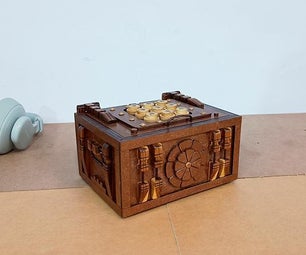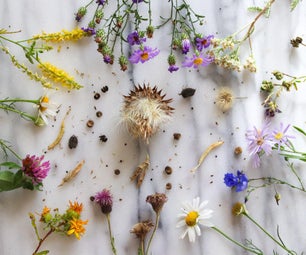Introduction: Biodegradable and Safer Alternative for Commercial Herbicide
With this Instructable we will learn how to make a safer and cheaper alternative to commercial herbicide. The ingredients are very easy to obtain at any supermarket or grocery store. Most of us have them already available at home.
Step 1: Ingredients
You will need:
- 1 gallon (3.78 liters) of white vinegar
- 12 ounces (341.1 grams) approximately of salt for every gallon of vinegar
- 1 tablespoon, more or less, of dishwashing detergent (biodegradable detergent preferably) will work as a surfactant
Step 2: How to Use the Biodegradable Herbicide
For maximum effect you should spray the solution on a very hot and sunny day over the undesirable plants using a small trigger sprayer or a pump sprayer. Cover the whole plant and roots and watch the weeds go.











